The common composting mistakes you need to avoid if you want to achieve a nutrient-rich heap
It turns out composting is not as straightforward as it seems, here are the mistakes you could be making with yours

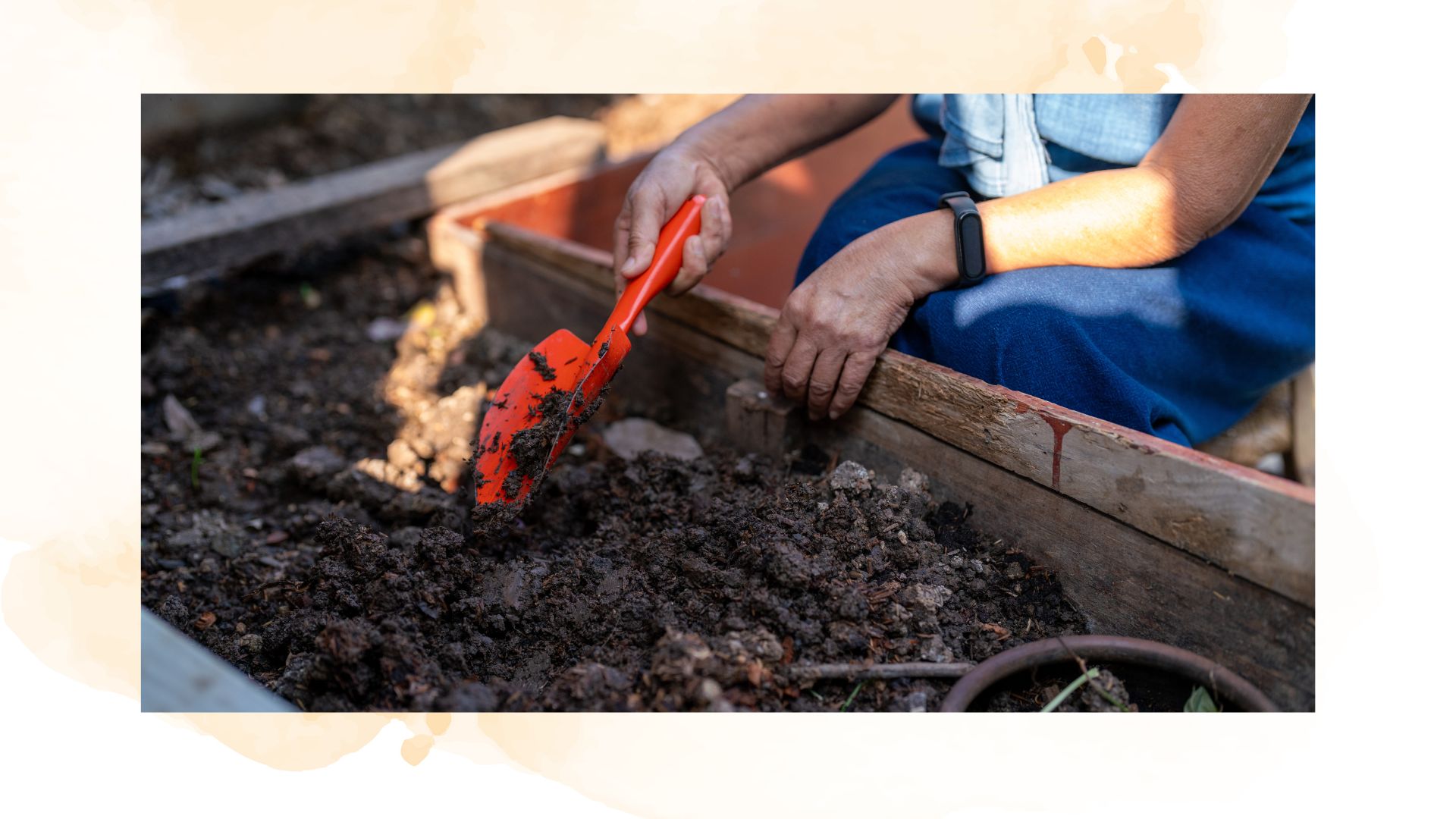
Composting may seem like a pretty straightforward gardening task but there are a few too many wrong steps you can take when making it. So if you want to make the best compost for your plants, avoid these mishaps!
Making your own compost is probably one of the most cost-effective and helpful sustainable gardening ideas. Alongside rainscaping, composting at home saves you from having to spend hundreds at the garden centre and also helps keep your household waste down.
So what are the downsides? Luckily, there aren't many but there are some mistakes to be made, which is why we asked the experts to share the common problems and how to avoid them.
Common composting mistakes to avoid
Whether or not you're a master at making your own compost, it's a good idea to always stay in the know of the dos and don'ts. Even some of the easiest gardening tasks come with their pitfalls, after all, there are even errors to be made when you're getting rid of weeds.
With that in mind, here are the 7 most common composting mistakes and how to avoid them.
Shop composting essentials
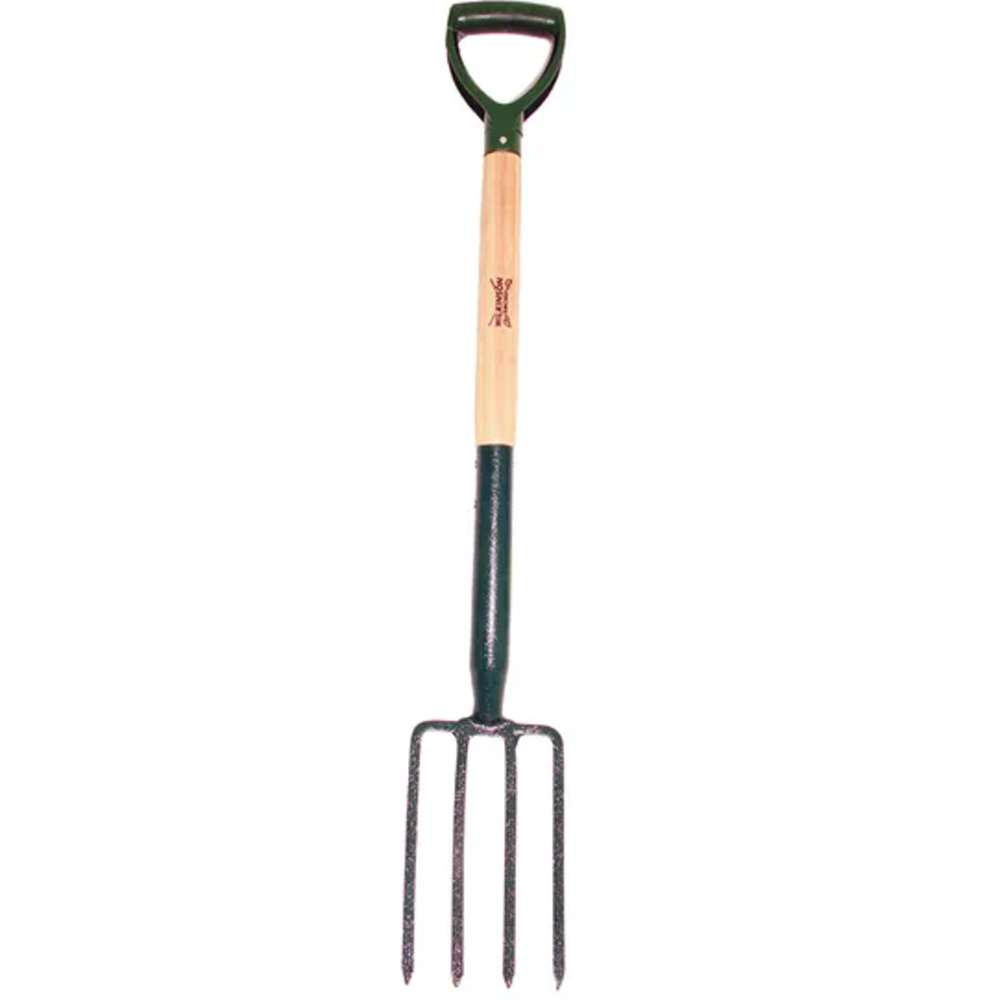
RRP: £19.99 | Sturdy and easy to use, this Wilkinson Sword carbon steel garden fork is ideal for lifting and turning a compost pile – but it's also handy for a multitude of other gardening tasks.
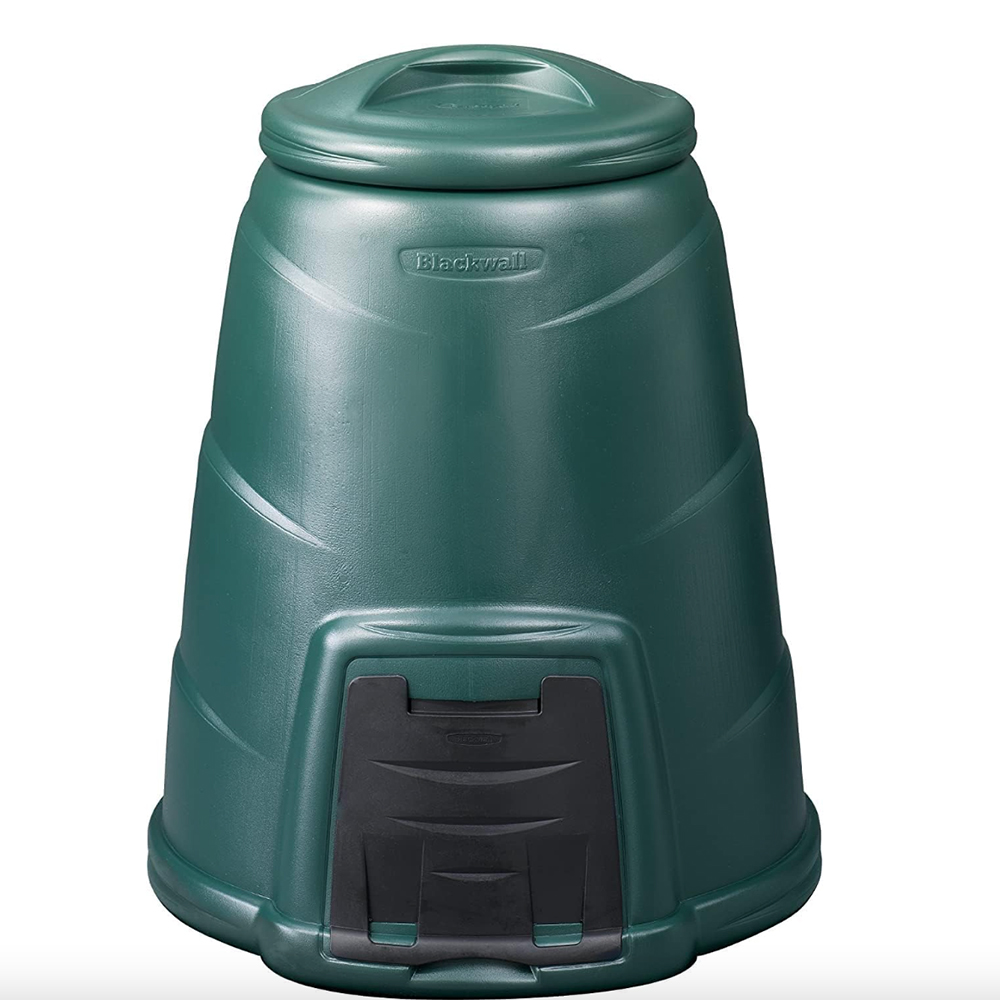
RRP: £54.98 | This generous bin is a popular choice of design for those looking for a bin solution to hide the compost out of sight. With a waterproof lid and easy access hatch, this design is highly practical.
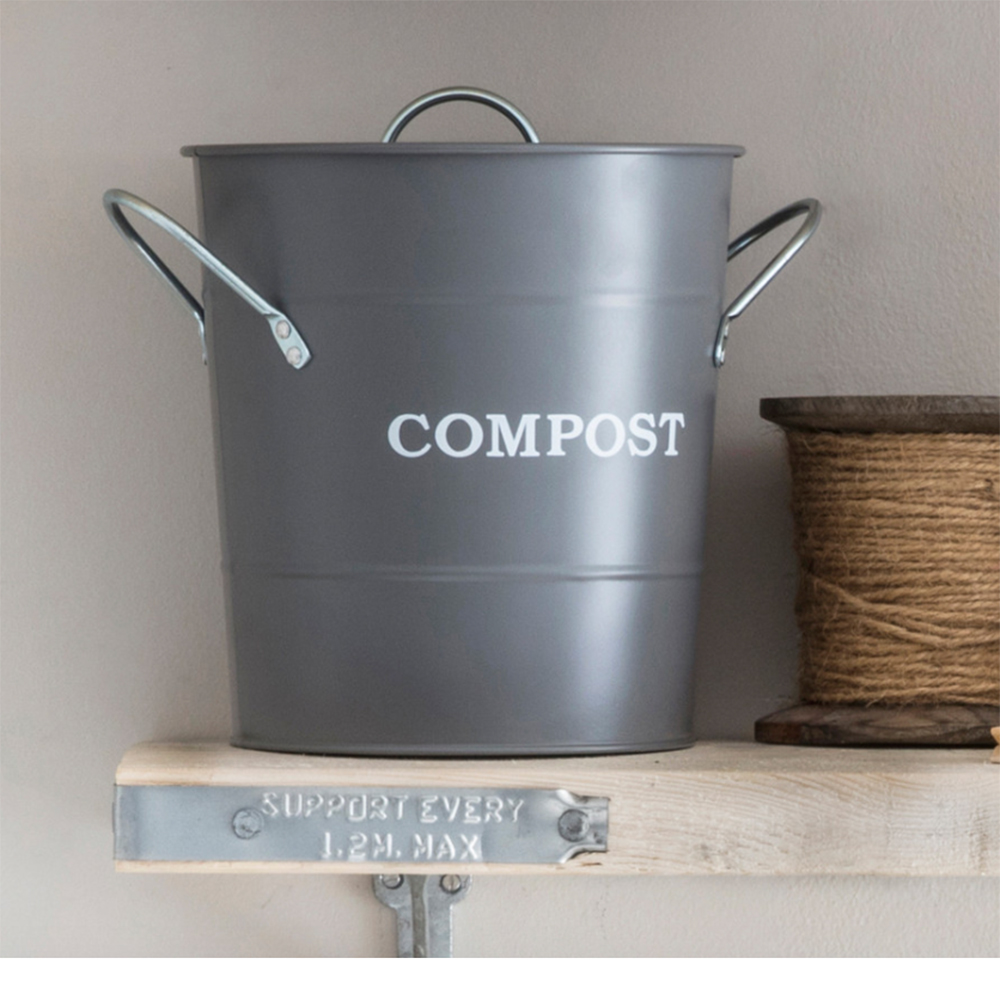
RRP: £17.60 | This stylish charcoal-coloured compost caddy is the chic way to collect your indoor food waste, to keep it separate from your other non-compost waste.
1. Placing your bin in the shade
Perhaps one of the most surprising mistakes you can make with your compost heap is all about location, location, location. That's right, no matter what layout from this year's garden trends you've chosen, where you place your bin or heap can determine its success.
"Firstly, ensure your composter, whether it’s homemade or bought, is in a good spot in the garden," advises Graham Matthews, food waste expert at BusinessWaste.co.uk. "The best place for a compost bin, bag, or pile is on soil or grass, to allow drainage and to let the worms get in."
Sign up to our free daily email for the latest royal and entertainment news, interesting opinion, expert advice on styling and beauty trends, and no-nonsense guides to the health and wellness questions you want answered.
"Also, you should put the composter in a nice warm place in the garden, ideally where it gets plenty of sunlight, to maintain the best temperature for the process," continues Graham.
2. Keeping it too wet or too dry
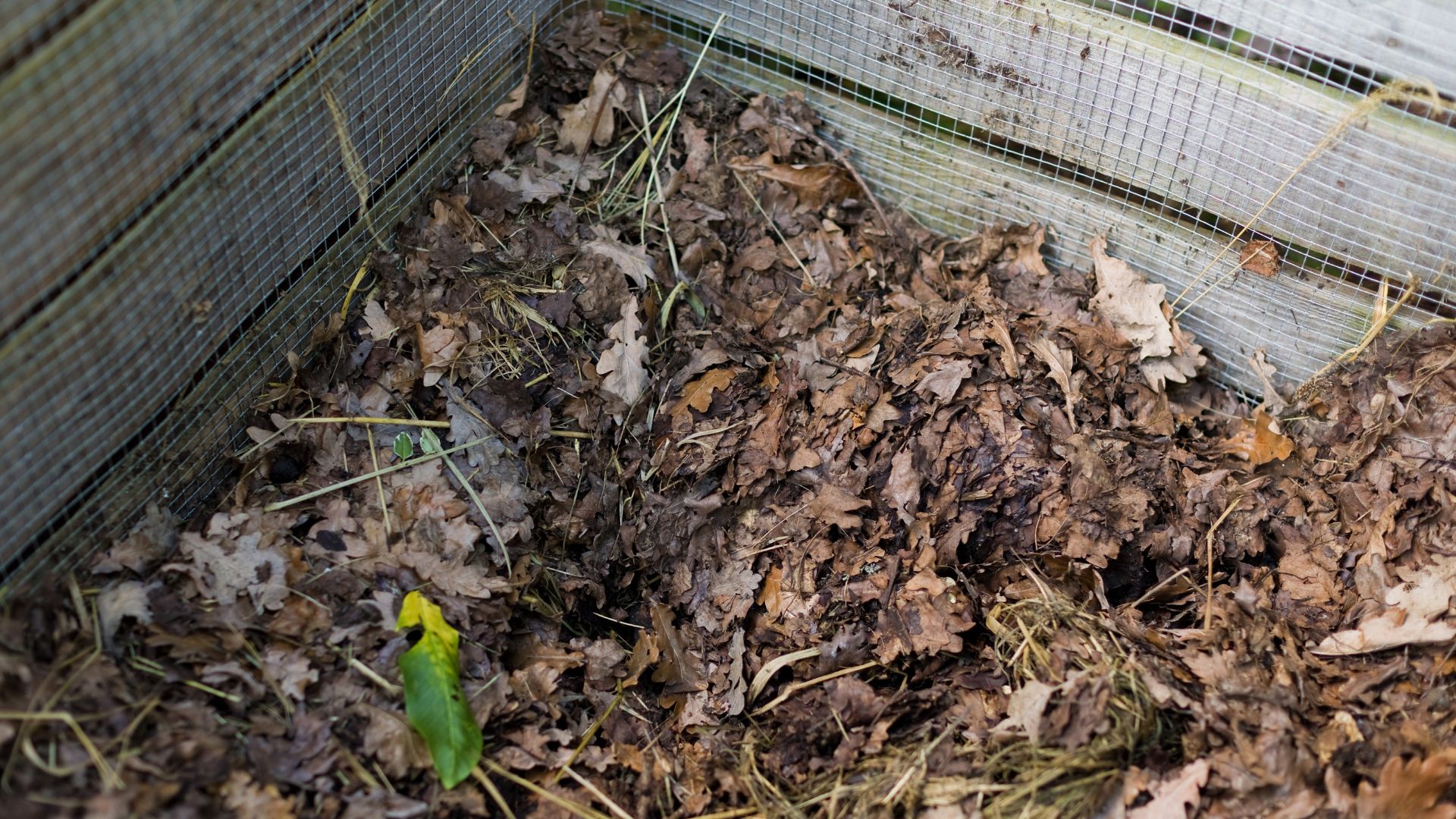
Just as you likely know how to water your garden plants properly so they're not waterlogged or suffering from drought, your compost also needs that moisture balance.
"Keep your materials damp but not wet. Add small quantities of water, or moist grass clippings and leafy materials, if the compost is drying out. Or add drier material such as shredded newspaper if the mixture is too wet," explains Graham. "This is because your compost is too wet and is breaking down anaerobically, meaning without oxygen."
To reduce the wetness, he suggests leaving the lid off in dry weather and replacing grass clipping with some shredded paper. This is a great opportunity for using cardboard in the garden. All that's left to do then is to regularly turn it with a garden fork so that the dry and wet materials mix to improve air circulation.
3. Using the compost for seed sowing
If you've started collecting seeds from your garden and saved them, using your homemade compost when sowing is not the best idea.
Kate Turner, gardening expert at Evergreen Garden Care explains why, "Seedlings are incredibly vulnerable to fungal disease and most home composts will contain some amount of disease that can affect germination."
"Instead, opt for a good quality peat-free, seed-sowing compost for the best possible start such as Miracle-Gro® Peat Free Premium Seeds, Plugs & Young Plants Compost," she adds.
Using peat-free compost isn't just beneficial for garden plants, it's also a great sustainable houseplant idea.
4. Adding 'ingredients' whole
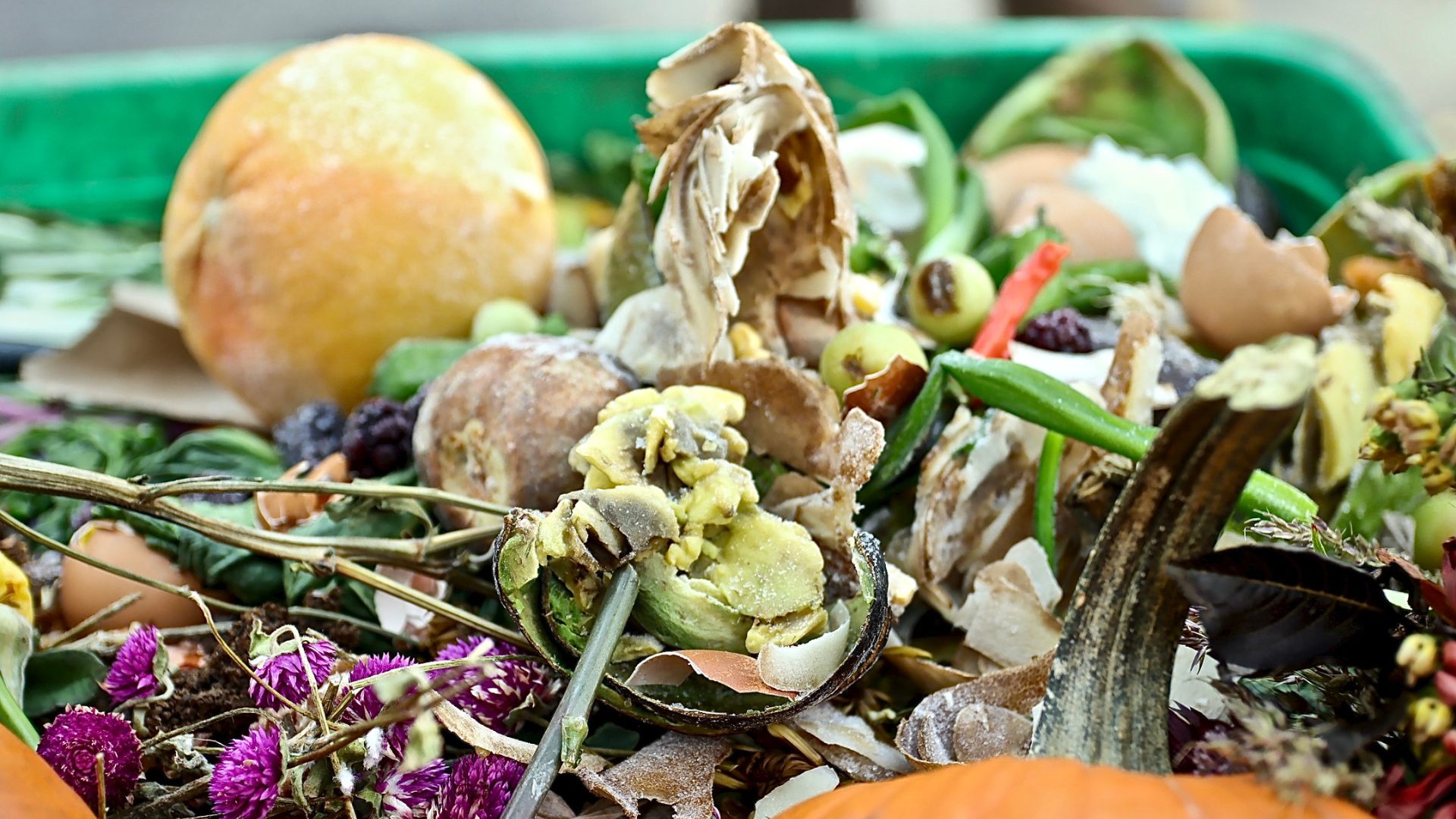
From using eggshells as a pest deterrent to sprinkling coffee grounds in your soil to aerate it, there are so many ways we can use food waste to benefit our gardens. However, when it comes to tossing scraps in the compost heap, you might want to cut them up first.
Kate says, "Just like when cooking, chop or shred materials like veggie stalks, eggshells, and stems to speed up the process, in this case, the breakdown of ingredients."
Doing this will help your compost be ready sooner and make it easier for your plants to soak up those nutrients once you've planted them in it.
5. Only adding one type of waste
After mowing the lawn it's recommended you put the grass clippings straight into the compost, however, for the organic matter to decompose, there has to be a mix of other waste in there too.
"Think of a good compost bin like a lasagne, layer it up," says Kate. "A compost bin needs a mixture of browns and greens (carbon and nitrogen). Brown can include ripped-up damp cardboard, shredded twigs, dead stems and small amounts of leaves. Green includes small amounts of grass clippings, annual weeds(not seed heads), veg peelings and old plants."
6. Blocking the oxygen supply
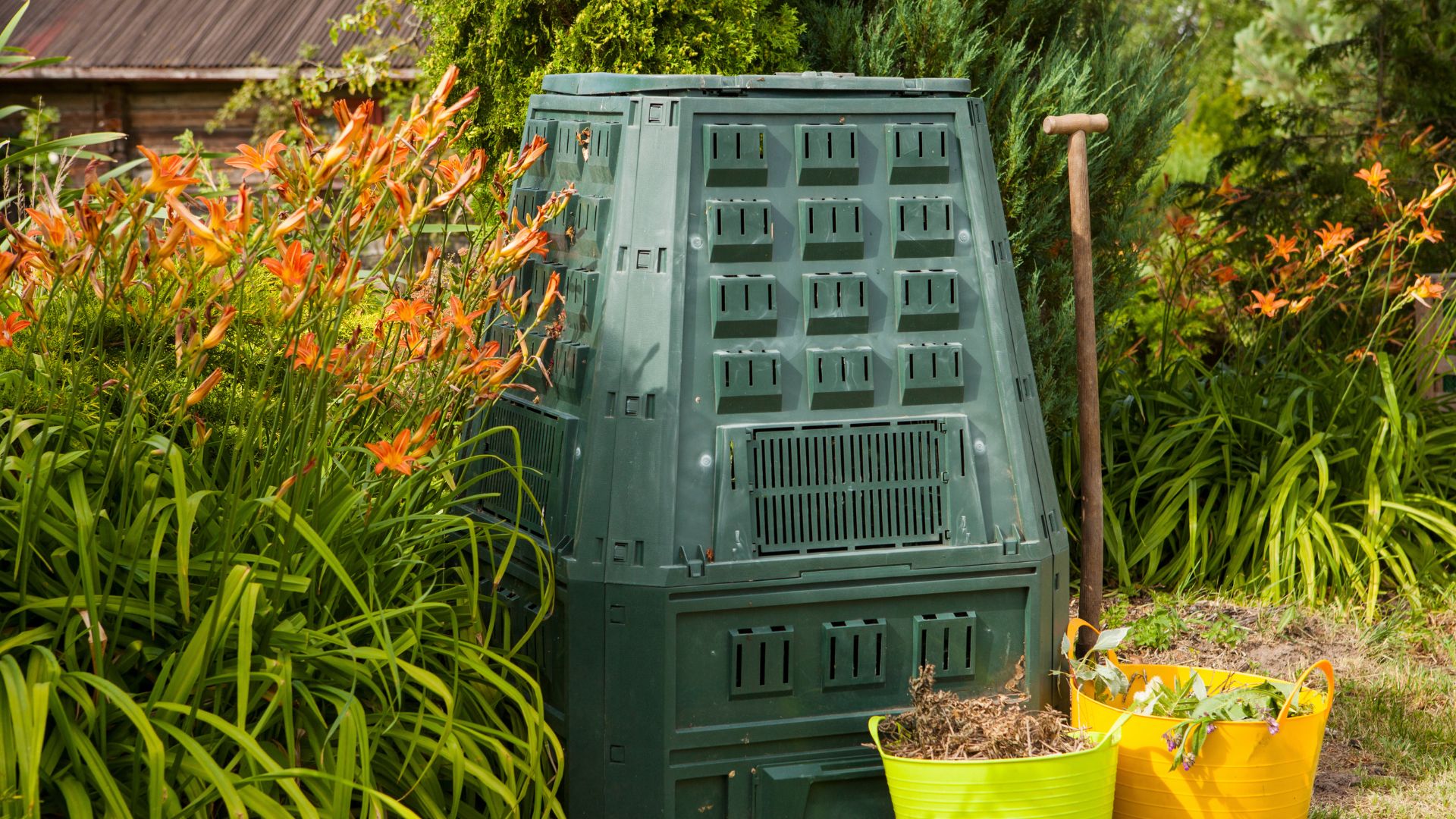
Unfortunately, compost can get rather smelly but this is only worsened when it's not able to breathe. So while you might want to keep those food scraps airtight, allowing oxygen in is key to good compost.
"Use a slatted compost bin on soil for better airflow, allowing worms and bacteria to break down ingredients and speed up decomposition. Leave the top open, but cover in heavy rain or freezing conditions," advises Kate.
7. Using it before it's ready
In the same way that rainwater harvesting can test your patience, composting requires the same amount of waiting time. But you mustn't use the mix before it's properly ready or you could disrupt the process completely.
Graham says, "Composting can take weeks or months, depending on how much air and moisture the material receives. By turning the compost regularly, to help add air, you should make compost in 3 to 6 months. In winter it will take longer because cold weather slows the process down."
He explains that if your compost is taking longer than usual, it may be because the material isn't reaching high enough temperatures.
"Try moving the composter into sunlight and keep the lid on. It could also be that it's too dry, so keep the pile moist. Try adding an activator; ready-made activators can be bought from most garden centres. Young nettles help to speed the process up too," Graham recommends.
FAQs
What ingredients should you not add to compost?
One of the most common mistakes you can make when composting is adding the wrong type of waste into the mix. Your compost bin isn't a catch-all, some unsuspecting items can cause a lot more harm than good.
Petar Ivanov, a gardening expert at Fantastic Gardeners, details the things that are highly recommended NOT to compost:
- Meat, egg whites and yolks, fish or other poultry scraps because they make compost smell unpleasant and attract pests;
- Dairy products, fats, lard, grease and oil, because they also make compost smell unpleasant and attract pests;
- Pet excrement can introduce parasites and germs to the compost and negatively affect the microorganisms in it and the breakdown processes.
Petar goes on to share "The things you can throw into your compost heap" including:
- Clean cardboard and paper free of plastic, such as brown paper bags, cereal boxes, paper towels and shredded newspapers
- Cotton and wool rags
- Coffee filters
- Crushed eggshells
- Fruits and veggie scraps
- Fallen houseplant leaves
- Teabags and tea leaves
- Shells of nuts
- Burnt matches
- Ash from the fireplace
- Small twigs, hay straw and wood chips.

Peter has been a gardening and plant expert at Fantastic Gardeners for over 8 years, he is now one of the company's top-performing experts and manages over 6 teams of gardeners. He works on creating stunning landscapes and prioritises sustainability in his gardening methods.
How do you start composting for beginners?
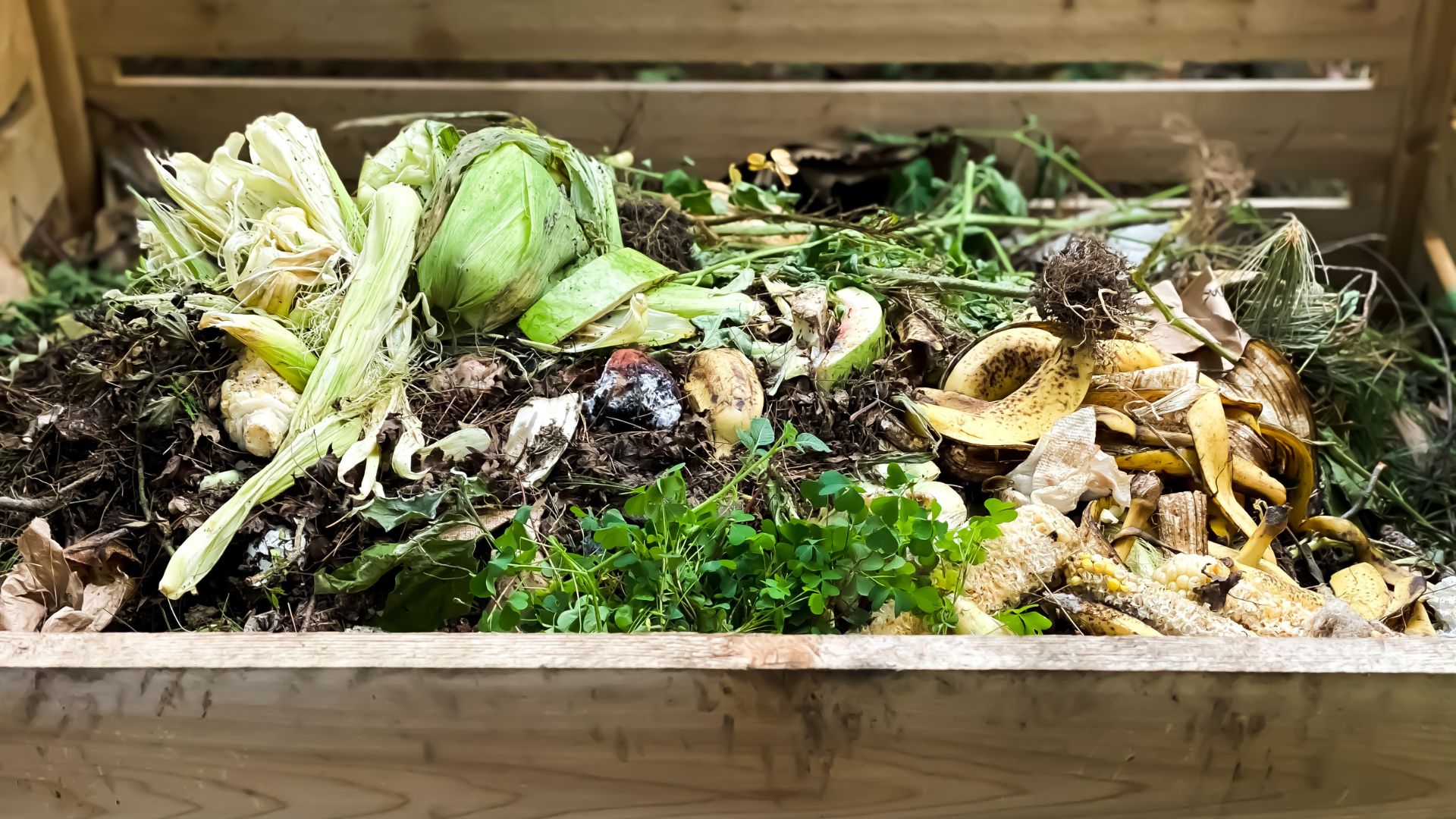
If you're looking to get in on the composting action, there are a few things to know before starting. Similarly to vegetable gardening for beginners, once you've got the basics down it really couldn't be simpler!
Kate shares her top tips saying, "If you’re just starting with making your own compost, try using two or three compost bins—this lets one fully break down while you fill the next, ensuring you’re never running low. Also, invest in a big bin, more airflow means quicker composting."
She also reiterates the importance of locating your bin somewhere just right, somewhere with good sunlight and away from your house in case of smells.
It's also important you can easily access your compost, both to mix it with a garden fork and to eventually scoop it out when it's ready. Kate warns against using it before the right time too, patience is key when it comes to composting.
There are endless ways you can make your garden more sustainable, along with rainscaping and composting, the rewilding trend is also great for helping your plants and local wildlife. It's an extremely low-maintenance trend which aims to keep your space as natural as possible.

Emily joined woman&home as a staff writer after finishing her MA in Magazine Journalism from City University in 2023. After writing various health and news content, she now specialises in lifestyle, covering unique cleaning hacks, gardening how-tos, and everything to help your houseplants thrive.